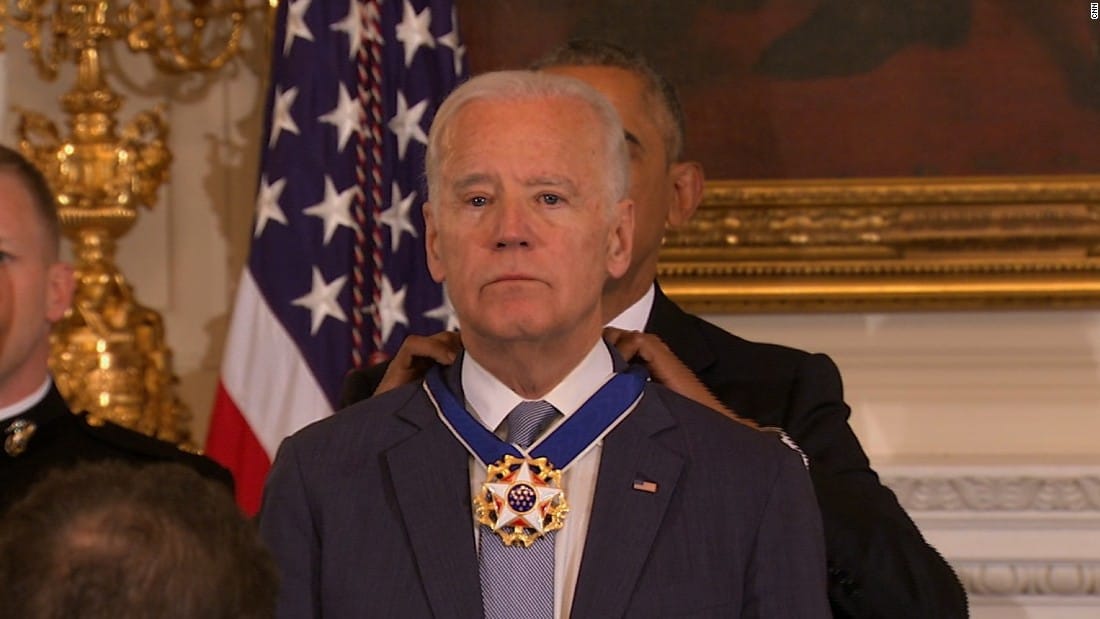The political landscape surrounding Donald Trump has consistently been marked by intense scrutiny and robust opposition from the Democratic Party. However, recent observations suggest a notable shift in the party’s strategy, characterized by a significant reduction in the volume and intensity of direct public criticism. This change represents a departure from previous norms, where Democratic leaders and organizations frequently engaged in high-profile rebuttals and counter-narratives concerning the former president. This altered approach has prompted discussion among political analysts and observers, raising questions about the motivations and potential implications of this quieter engagement. Instead of constant confrontation, there seems to be a focus on highlighting the Democratic party’s own policies and achievements, presenting a contrast to Trump without necessarily naming him directly. This shift appears to be more focused on the future rather than re-litigating the past. The decreased volume of commentary does not necessarily indicate a softening of political differences. Rather, it may reflect a tactical adjustment in the party’s overall strategy. One possible explanation for this shift is an understanding that overexposure to Trump’s rhetoric may be counterproductive. By reducing the degree to which they react to his statements, Democrats might be attempting to diminish his overall public profile and influence. This calculated approach could be intended to minimize the possibility of galvanizing his base, while also keeping the focus on the current needs of the American people. Another explanation could be the party’s focus on highlighting current policy initiatives and emphasizing their distinct vision for the nation. By concentrating on promoting their own ideas, the Democrats are attempting to shift the conversation towards substantive policy issues rather than personalities and political drama. This strategy is possibly aimed at appealing to a wider range of voters, including those who may be less interested in the constant back and forth between political figures. This change in strategy is not necessarily uniform across all members of the Democratic Party. While some prominent figures may have significantly reduced their public commentary concerning Trump, other voices may still be engaged in more direct opposition. The shift appears to be more pronounced within the higher echelons of the party and in their overall communications strategy. This change in tactics is further complicated by the current media landscape, where news cycles are often dominated by immediate reactions and inflammatory rhetoric. By adopting a more measured approach, the Democrats may be attempting to navigate this environment more effectively, understanding that sustained, direct criticism might become less impactful due to its constant presence in the news. This shift in strategy could also signal a long term view. Rather than focusing on the day-to-day headlines, the Democrats might be strategically positioning themselves for future elections, with an understanding that the political landscape is dynamic and can shift rapidly. While the public commentary may be quieter, it is important to note that the underlying political differences between the two sides remain very significant. The Democrats will certainly make a concentrated effort to promote their own political goals. This apparent quiet does not mean that there will be a lack of engagement. Instead, the engagement may be more targeted and strategic. Democrats will likely focus on policy differences and how the Republican party is not supporting the needs of the American people. A significant aspect of this change in engagement is its potential impact on the political climate. By reducing the amount of direct confrontation, there is a possibility of less political polarization. The strategic shift could contribute to a more thoughtful and nuanced political discourse, where substantive issues take center stage. This calculated strategy will no doubt be closely watched by political analysts, and the general public. This change is not just a shift in approach, but could be a fundamental change to how the Democrats wish to engage with the public and the media. The consequences of the new strategy, if consistently employed, will likely shape the political discourse in the coming months, influencing how the public views both the Democratic Party and Donald Trump.
Democrats’ Strategy Shift in Engagement with Trump



